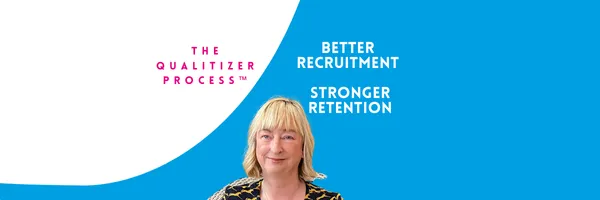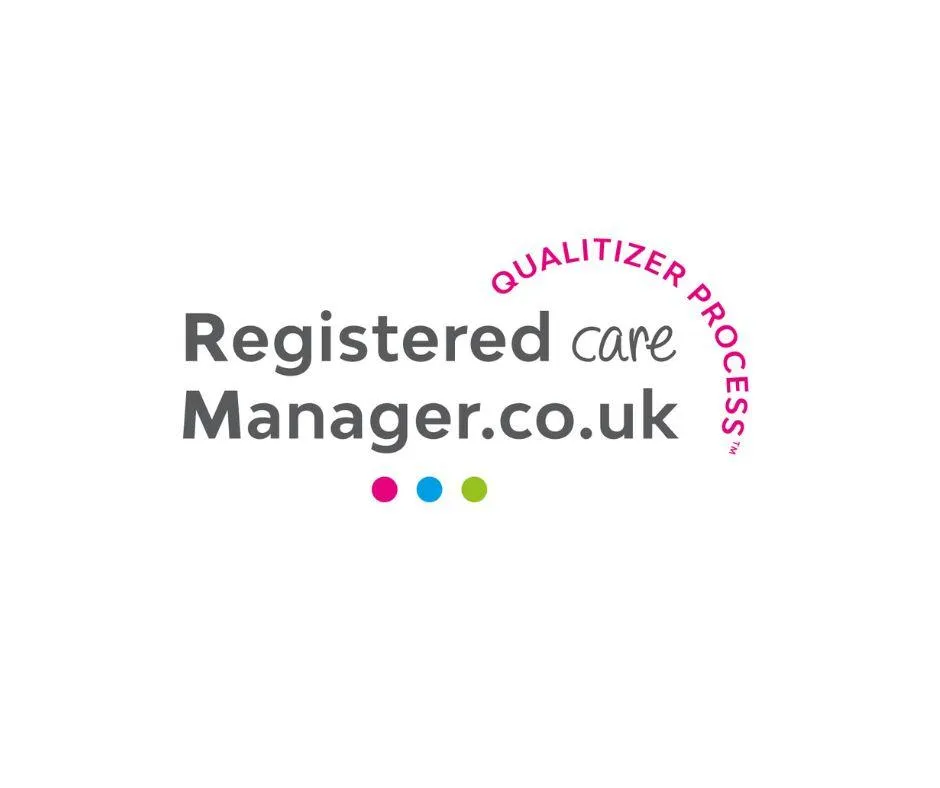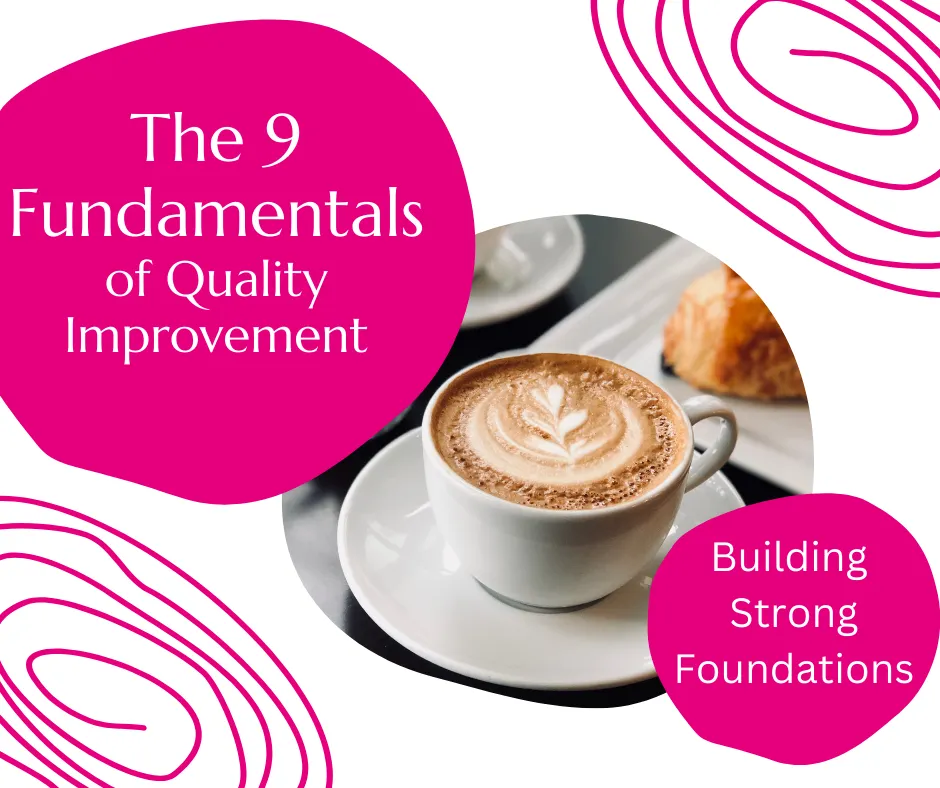
Better Recruitment, Stronger Retention
Better Recruitment Stronger Retention
Lets look at how we attract the right people? How we keep them? And how we make sure our rota actually works for our service, instead of being a constant headache.
I’ve had the privilege of working in the care sector for over 30 years. As a nurse, Registered Manager and Senior Leader in Health and Social care, I’ve seen first hand how crucial effective staff management and HR practices are to delivering high-quality care.
Early in my career, I recognised the impact that a well-supported, motivated team can have on both residents and the wider care home environment.
To better support my teams, I decided to further my understanding of HR by completing a post-graduate qualification in Human Resources, and I’m proud to have celebrated over 20 years as a Chartered Member of the Chartered Institute of Personnel and Development (CIPD). This has helped me blend my nursing expertise with HR best practices to build stronger, more cohesive teams.
In this newsletter, I’ll be sharing insights on recruitment, retention, and how my VSR Rota Reality Model can help manage staff in a way that promotes stability and satisfaction for both employees and residents. We are looking at something that keeps so many Registered Managers up at night…
If you’ve ever found yourself staring at an empty rota and wondering, Where am I supposed to find the staff to cover this?!—then trust me, you’re not alone.
But here’s the thing, so much of the stress around staffing comes from trying to ‘fix’ problems at the wrong stage.
We scramble to fill shifts, bring in new team members, and plug gaps, but what if we turned that around?
What if we started by putting the rota at the centre of our HR processes? That’s exactly what I did when I created my VSR rota is reality model, because when we build recruitment and retention around the rota, rather than treating it like an afterthought, we create teams that are more stable, engaged, and resilient.
Lets look at
• How we attract the right people?
• How we keep them?
• How we make sure our rota actually works for our service, instead of being a constant headache
You know what’s tempting? Hiring anyone with a pulse just to get shifts covered. But let’s be honest—that usually backfires. Bringing the wrong member to join your team can create more work, stress out your team, and leave you right back where you started a few weeks later.
So, it is time to shift our focus. Instead of just filling vacancies, its time to bring in people who actually fit the team and the rota from day one.
That’s where the VSR model comes in—because if we’re not hiring with our rota in mind, we’re just setting ourselves up for problems later."
1. Recruit for Values, Train for Skills
One of the biggest mistakes we can make in recruitment is focusing too much on experience and not enough on values. In social care, skills can be taught—but values like compassion, reliability and teamwork? Those need to be there from day one.
That’s why it’s essential to recruit individuals who genuinely align with the ethos of our service. Someone can have years of experience, but if they don’t have the right approach, an ethos that fits with your service, if they don’t truly care about delivering great care, then they’re not going to be a good fit for the team.
Now, this is where we need to be strategic. Recruitment isn’t just about filling vacancies; it’s about building a team that works and to do that, we have to keep the rota at the heart of our HR processes.
Are we recruiting individuals who can actually work the shifts we need? If we consistently bring in staff who can’t do evenings, weekends, or the peak times when we need coverage most, we’re creating problems before they even start.
Are we considering team dynamics? A great team isn’t just about individuals—it’s about how they work together. Does this person’s working style complement the existing team? Will they strengthen our culture or disrupt it?
Are we setting people up for success? If someone needs flexibility, are we being clear about what we can and can’t accommodate? The more transparent we are from the start, the more likely we are to retain the right people.
When we recruit with intention—thinking beyond just qualifications and looking at the bigger picture—we create a more stable, motivated workforce. That stability has a direct impact on the quality of care we deliver.
So, the question isn’t just ‘Can they do the job?’—it’s ‘Are they the right fit for the team and the rota?’ Because when we get that right, everything else becomes easier—staff retention improves, morale is higher, and ultimately, our service users receive better, more consistent care."
2. Be Honest About the Role
Recruitment isn’t just about filling vacancies—it’s about finding the right people who will thrive in your team. And one of the best ways to do that? Be upfront from the start.
Care work is incredibly rewarding, but it’s not for everyone. If we paint an unrealistic picture just to get people through the door, they might leave as soon as they realise it’s not what they expected. Instead, let’s focus on honest recruitment—setting clear expectations so we attract the right people and give them the best chance to succeed.
Here’s what that looks like:
✔ The challenges – Care work is fast-paced, hands-on, and emotionally engaging. Some days will be harder than others. But the right people won’t be put off by that—they’ll feel ready and confident because they knew what to expect.
✔ The rewards – And there are plenty! The sense of purpose, the strong bonds with service users, the knowledge that you’re making a real difference in someone’s life—that’s what keeps people in care.
✔ The rota expectations – This one’s key. Are we upfront about shift patterns, weekend cover, or any flexibility we can offer? Matching people to the shifts that work for both them and the service means we build teams that last.
That’s why putting the rota at the heart of recruitment is so important. It helps us avoid mismatches, makes onboarding smoother, and keeps staff engaged from day one. I share my 7 point plan for this in the QP™ Framework.
Being honest about the role isn’t about putting people off—it’s about helping the right people step forward feeling prepared, confident, and excited to be part of our team. And when we get that right, we’re not just filling roles—we’re building a stronger, more stable workforce.
RETENTION: KEEPING YOUR BEST STAFF FROM WALKING OUT THE DOOR
Recruitment is just step one. The real challenge? Keeping those great people and one of the biggest reasons people leave is because their rota doesn’t work for them.
We talk a lot about pay, workload, and burnout when it comes to retention—but in my experience, if a staff member is constantly stuck on the worst shifts, constantly covering gaps, or juggling work that doesn’t fit their life, they’re not going to stay long term
1. Rota Flexibility: Balance for Staff = Stability for You
Often one of the biggest reasons staff leave is a result of Burnout from unmanageable rotas.
The result of this is that too often, we find ourselves constantly plugging gaps, asking staff to cover last-minute shifts, and stretching the team thin. It’s reactive, stressful, and—if we’re honest—not sustainable and the worst thing is that we often loose our best team members when we do this as they are the first to support but eventually even they become exhausted.
So what if we flipped the approach?
This is where the VSR model Rota is reality comes in. When we put the rota at the centre of how we plan all our HR processes including recruitment and retention, we stop firefighting and start building a stable, reliable workforce.
Here’s how:
✔ Start with availability – Before we even hire, we need to understand when people can actually work. If we bring in great staff but their availability doesn’t match the rota needs or we expect them to ‘fit in’, we’re setting ourselves up for constant gaps and turnover.
✔ Create sustainable shift patterns – People stay in jobs where they feel their work-life balance is valued. A well-planned rota gives staff predictability and fairness, which means fewer last-minute changes and a happier, more engaged team.
✔ Flexibility where it makes sense – We can’t always meet every request, but where we can, a bit of flexibility goes a long way. Whether that’s set shift patterns or part-time options, small adjustments can mean the difference between keeping a great team member or losing them.
When we take a rota-first approach, we’re not just filling shifts—we’re creating an environment where staff feel heard, valued, and supported. And when people feel like that? They stay.
2. Culture is Everything
You can have the best recruitment strategy in the world, but if the workplace culture isn’t right, people will leave. And culture isn’t just about what we say—it’s about what staff experience every single day.
One of the biggest factors? How fair and balanced things feel. That starts with the rota, but it doesn’t end there.
❌ Unequal shifts? If some people always get the short straw while others seem to land the easier shifts, resentment builds fast.
❌ No say in the rota? If staff feel like shifts are just thrown at them, with no consideration of their needs, motivation drops.
❌ Toxic attitudes? If negativity, gossip, or cliques and sub groups within the rota go unchallenged, it spreads—no matter how good your policies and procedures are.
So, how do we actively build a culture where people want to stay?
✔ Balance workloads fairly – The rota should support staff well-being, not just fill gaps. It’s about avoiding burnout, ensuring fairness, and making sure no one is always picking up the hardest shifts.
✔ Encourage open communication – People need to feel heard—whether that’s about their schedule, workload, or the way the team works together. Creating a space where staff can raise concerns without fear is key.
✔ Set the tone as a Leader – Culture starts at the top. If we expect teamwork and respect, we need to model it. That means addressing problems when they arise, showing appreciation, and making sure our actions match our words.
✔ Recognise and reward – A simple “thank you” goes a long way. Whether it’s acknowledging hard work, celebrating small wins, or giving people opportunities to grow and be recognised for the great job they do boosts morale.
Culture isn’t just about policies—it’s about how people feel at work. And when we create a fair, supportive, and positive environment, staff don’t just stay—they thrive.
3. Leadership: The Rota is a Retention Tool
"Here’s a tough truth—retention starts with us. If we’re constantly in firefighting mode, reacting to staffing shortages at the last minute, then staff will feel the chaos and start looking elsewhere.
But when we put the rota at the heart of our planning, we show staff that:
✔ Their time is respected.
✔ Their work-life balance matters.
✔ We value them enough to create stable shift patterns.
And trust me—staff notice that. They stay in workplaces where they feel seen and supported."
TAKEAWAYS: HOW TO BUILD A RESILIENT TEAM WITH THE VSR MODEL
If you’re struggling with recruitment and retention, here’s where to start:
✅ Recruit with the rota in mind. Don’t just hire for the job—hire for the role and the shifts your service actually needs.
✅ Be honest about expectations. No more surprises—new staff should know what they’re signing up for.
✅ Make the rota fair and sustainable. Balance shifts, listen to staff, and avoid last-minute panic.
✅ Use the VSR model to drive HR decisions. If the rota isn’t at the centre of your planning, you’re always going to be chasing your tail.
✅ Be the kind of leader staff want to work for. Support them, listen to them, and create a workplace where they want to stay.
A strong, resilient team doesn’t just happen—it’s built. And if we put the rota at the heart of how we recruit and retain staff, we can create teams that last."
5 Actions to Take This Week to Strengthen Your Care Team
If you’re looking to improve recruitment and retention, here are five practical steps you can take this week using the VSR model, where the rota sits at the heart of HR decisions.
1. Audit Your Rota for Gaps & Patterns
Before hiring, take a deep dive into your rota. Look for recurring gaps, patterns of staff burnout, or shifts that are always hard to fill.
➡ Action: Identify at least one area where shift patterns could be adjusted for better staff balance.
2. Review Your Hiring Process – Are You Recruiting for the Rota?
Don’t just fill vacancies—make sure new hires match your actual needs.
➡ Action: The next time you interview, ask specific questions about availability and shift preferences. Are you setting people up for success from day one?
3. Check for Fairness – Are Some Staff Getting the ‘Short Straw’?
Nothing damages morale faster than an unfair rota. Are the hardest shifts always landing on the same people?
➡ Action: Speak to your team this week—ask them how they feel about their rota. Make one small change to improve fairness.
4. Improve Communication Around Rota & Workload
A well-planned rota is only half the battle—staff need to feel heard and involved.
➡ Action: Start a rota feedback system this week. Even if it’s informal, give staff a chance to share concerns before they become bigger issues.
5. Recognise & Retain – Appreciate Your Team
Retention isn’t just about pay—it’s about how valued people feel. Recognition boosts morale and keeps staff engaged.
Action: Take one minute each day this week to genuinely thank a staff member for their hard work. Small acknowledgments make a big difference.
These five steps might seem simple, but they have a huge impact when done consistently. A resilient, engaged team starts with proactive leadership—and that’s exactly what the VSR model helps us achieve.
What’s one change you’ll focus on this week?

